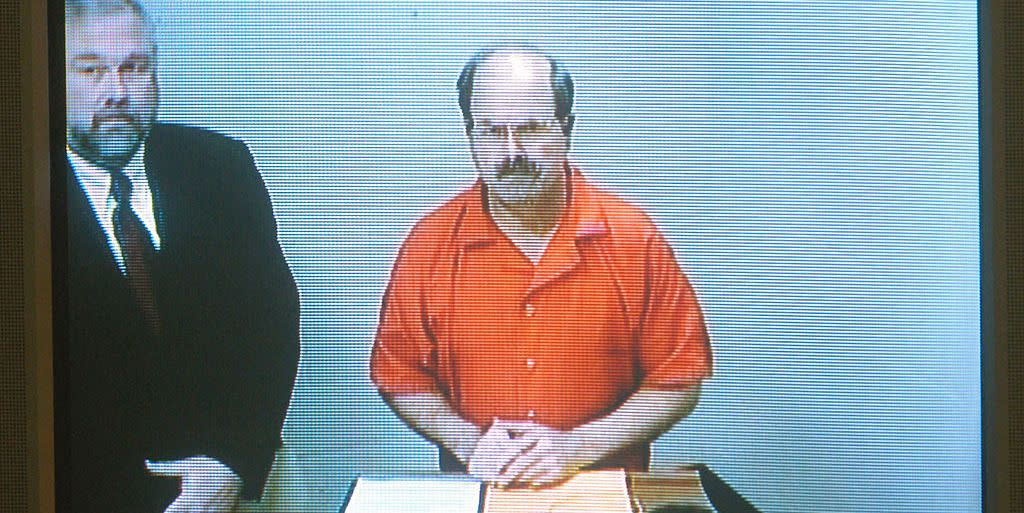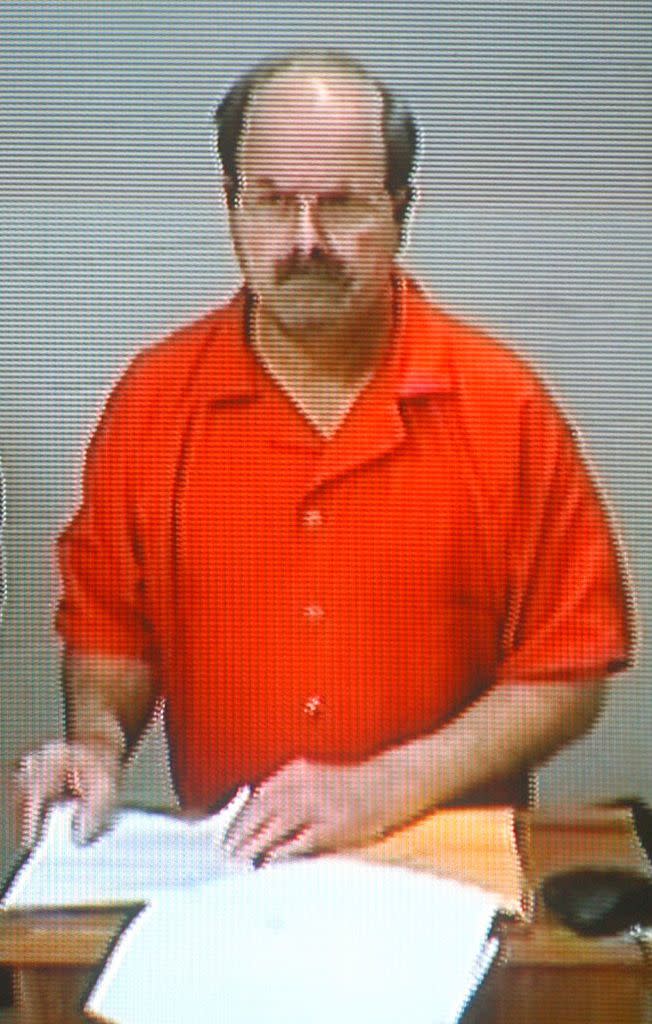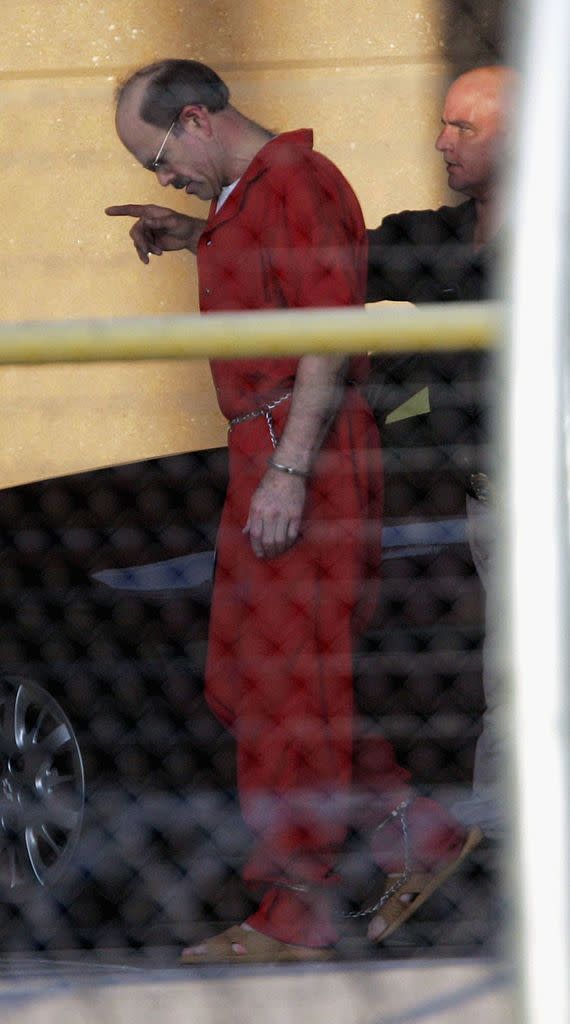The True Story of ‘BTK’ Serial Killer Dennis Rader

The second season of Mindhunter again features a Kansas man, Dennis Rader.
Beginning in 1974, Rader stalked the Wichita area as "BTK".
In total, he murdered 10 people, eluding law enforcement for over three decades.
For 31 years, a man terrorized inhabitants of Wichita, Kansas. His first attack, in 1974, left four members of the Otero family dead: Joseph, Julie, Josephine, and Joseph Jr. The couple were strangled in the home alongside their children, 11 and 9.
After the killings, the attacker killed again, six more times, between 1974 and 1991. Finally, on February 26, 2005, the BTK killer, self-named for his MO (“bind, torture, kill”) was arrested by Kansas police, his real named revealed to be Dennis Rader.
By then, he was living quietly outside Wichita, volunteering as a Boy Scout leader and church leader. The father of two children, Rader was given ten consecutive life sentences.
Here’s how the killings unfolded.
Early years, 1945 -1973
Rader was born in 1945 and grew up in Wichita. He entered the Air Force when he was 21, and would be stationed across the U.S. and Japan for the next four years. He claimed in letters that he would enact bondage fantasies by drawing pictures and then burning them when he left base. In his 30s, he claimed he attempted bondage on prostitutes, but that they found him “too scary.” Rader often lied in letters to authorities, purposefully misspelling words and using poor English.
What is known is that Rader began working as an ADT Security official in the Wichita area in November 1974. His murders began earlier that year.
The Killings, 1974-1991

In January of 1974, Rader perpetrated his first attack, which left four dead: Joseph Otero, Julie Otero, Josephine Oero, and Joseph Otero Jr. In a letter to the Wichita Eagle, Rader wrote that he had crept in through the Oteros' detached garage. He had a knife and a .22 caliber handgun. He tied up the family, placing a plastic bag over the children’s heads. He then strangled the parents in their bedroom before taking the children into the basement, where he killed them.
Rader would repeat this home entry tactic. He would stalk victims, wait in their homes, and then cut phone lines. He would later tell the court that he received sexual gratification during the strangling, in which he would suffocate his victims to the point of unconsciousness before giving them air. He would repeat this until he killed them.
Rader used other murder techniques as well. In April 1974, Rader stabbed Kathryn Bright in her home. He would take credit for the Otero murders later that year, again in a letter to the Wichita Eagle.
Rader waited almost three years before his next killing. In March 1977, he tied up and strangled Shirley Via Relford in her home. In December, he did the same to Nancy Fox. Rader even called in to report the crime. In a letter to police, Rader bragged about the killing, recounting how he spotted Fox while cruising the area. He broke into her house and waited for her, and then strangled her with his belt.
Eight years passed before his next murder, Marine Hedge. Rader strangled Hedge, who lived down the street from him, in her home in April 1985.
In September of the next year 1986, Rader strangled Vicki Wegerle, but did not take credit for the crime.
In January 1991, he killed Dolores Davis, leaving her body in a ditch.
Arrest and trial, 2004-2005

After the Davis killing, Rader went quiet. He had by then moved to Park City, where he began working as a compliance supervisor.
In March 2004, the Wichita Eagle published a story on the 30th anniversary of the Otero murders. The article reflected on the memory of the killings and noted how Kansas students no longer recognized the name "BTK." Incensed by the article, Rader sent the paper evidence of the unclaimed Vicki Wegerle murder, including photos he took of the killings.
The evidence helped connect Wegerle with BTK’s other killings. Wegerle’s crime scene also contained DNA that had until then been unmatched. Police were now able to confirm the DNA belonged to BTK. As Rader continued to send messages to the police, law enforcement began uncovering details such as his vehicle and connection to a local church. They then attained a warrant to perform a DNA test on a pap smear that Rader’s daughter had taken while she was a medical student. The DNA matched, and agents arrested her father.
On June 27, 2005, Rader pleaded guilty. He gave the court a detailed account of each killing, saying that he called them “projects.” He was given ten consecutive life sentences, but avoided the death penalty; that punishment hadn’t been in place during the time of his murders.
Incarceration, 2005 - today

Dennis Rader, now 74, is currently incarcerated at El Dorado Correctional Facility in Kansas.
You Might Also Like

